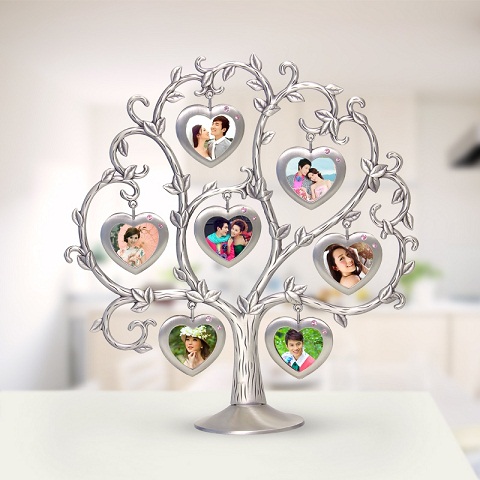History of the Trend: Statement Jewelry

You’re all dressed up and on your way out when you glance in the mirror and realize… something is missing.
The outfit is flawless and the shoes are perfect, and then you spot it: A gorgeous bib necklace will make you look even better in that dress!
Whether you’re on a date with someone sweet or dressing to impress a potential boss, you can use statement jewelry to transform your wardrobe.
As a love note to these sparkly essentials, today, we’re delving into the history behind our favorite glamorous baubles.
The human love affair with all things sparkly is a long one, so for this history lesson I hit the books, literally!
Below, I’ve included a link to each book I referenced in preparing this post, should you want to do some more research yourself. It’s very interesting reading, especially for the girl who loves her jewelry as much as her clothes!
Table of Contents
History of Statement Jewelry

- Some of the earliest statement jewelry was found in Egypt. Collar necklaces, dangling earrings, and thick, cylindrical rings were all prevalent in Egyptian jewelry boxes. Author Mila Contini notes that “many modern jewels are imitations of antique trinkets that belonged to distinguished princesses.” So every time we treat ourselves to a knockout piece of jewelry, we’re channeling royalty. I’ll take it!
- The Romans loved their jewels too, but they preferred rings. These rings were made with heavy stones for winter and lighter, more delicate materials for the summer. Regardless of composition, the important characteristic of Roman jewelry was history, not value. As is the case today, in ancient Rome, a bauble could be priced higher if it had an illustrious history behind it.
- Coco Chanel began creating her own elaborate jewelry in the 1920s, using crystal or colored glass in varying sizes as the Egyptians had. Coco is often credited with popularizing the concept of “costume jewelry,” creating seasonal items that mixed real and imitation stones and pearls.
- Vivenne Becker, an antique jewelry veteran, talks about “The Cocktail Style” in her book, Fabulous Costume Jewelry: History of Fantasy and Fashion in Jewels. Popular during the ’30s and ’40s, this jewelry era was all about big, jeweled rings, multi-strand pearl necklaces, and extensive use of gilt metal and rose gold. She describes “cocktail jewelry” as “bubbly and extravagant, like the alcoholic concoctions from which it took its name. It was assertive, bossy, jewelry to show off in.”
- While making a statement in the ’50s meant throwing on a charm bracelet, jewelry in the ’60s had a bit more punch. Designer Paco Rabanne fully embraced statement jewelry, experimenting with cheap materials like plastic and PVC and using bright colors. He said, “I made jewelry for the alternative side of women’s personality, for their madness.” This Vogue cover from 1965 should give you an idea of the madness he was talking about.
- It’s a crime to talk about statement jewelry without discussing the woman whose accessories always have something to say: Madeleine Albright. In her book, she tells the stories behind some of her favorite pins. In one tale, she recalls the first pin she wore to send an intentional political message. The pin was a gold snake wrapped around a branch, which she wore after being referred to as an “unparalleled serpent” by the Iraqi press. Dr. Albright still enjoys collecting pins, though she mentions she receives many as gifts. In fact, when she came to speak at Butler my freshman year, we gave her a bulldog pin as a thank-you!
- Modern day statement jewelry is big, bold, and full of many elements from previous decades. Today, we love pieces that incorporate the glitz and glam of the ’30s and ’40s, and the colors and materials of the ’60s. Most of all, we love statement jewelry’s eternal ability to make heads turn.
Why We Still Love This Trend

“Owl I Ever Wanted Cuff” – Modcloth


















